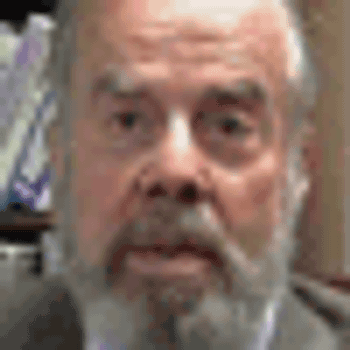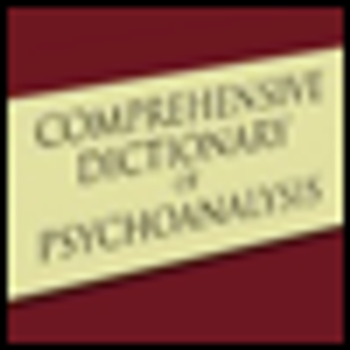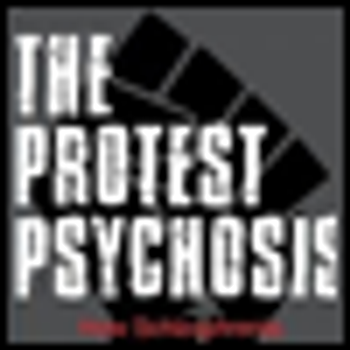
December 17, 2010 was a special day in the history of psychiatric diagnosis. Bob Spitzer retired after a remarkable 52 year career.

December 17, 2010 was a special day in the history of psychiatric diagnosis. Bob Spitzer retired after a remarkable 52 year career.

Here’s a question. As you sit across from your patient, what or whom are you treating: Ms Smith’s bipolar illness, or Ms Smith, a person with bipolar illness? The DSM leans toward the first choice.

Psychiatrists helping nonpsychiatrists refer their patients has a long but not always illustrious history.

Just what exactly are university and college students being taught about the history of psychiatry these days? We editors at H-Madness were interested in finding out.

I believe this book will serve as an invaluable resource for all students of psychodynamic theory as well as their teachers-and I would venture to say that this magisterial text is destined to become a classic.

Marco Bellocchio, one of the most psychoanalytically oriented filmmakers of his generation, entered the annals of Italian cinema in the 1960s to almost universal acclaim from critics at home and abroad.

Creative people tend to see the world in novel and unconventional ways, and they often seek out intense and destabilizing experiences. Creative ideas are frequently generated during chaotic mental states characterized by loosening of associations that resemble the psychosis of mania or schizophrenia.

The mental health implications of disasters on individuals and communities are enormous. Psychiatrists play a key role in helping to mitigate and lessen the traumatic burden and in fostering resiliency efforts.

In this autobiographic work, Darryl Cunningham explains mental illness in a succinct and novel way. It is already proving to be of use to both health professionals and mental health service clients. Published in the UK this year, its US release is scheduled for February 2011.

Would you be surprised to find out that Freud is gaining a foothold in China? As psychoanalysis and related therapies are slipping in the USA, psychoanalysts from the US are beginning to train a cadre of interested clinicians in China.

The preface explains why Prime Time is so needed. It provides a refreshing, nonjudgmental summary of how and why we’ve arrived at the 20-minute hour. This is important for disgruntled clinicians from the “good old days” as well as for early-career clinicians who have not learned anything better.

It is well known that black people, compared to white people, are much more likely to be diagnosed as suffering from ‘schizophrenia’ if they are seen at psychiatric units in the UK or USA. .

Clinicians who treat children with ADHD face a challenging conundrum. Although our understanding of ADHD and its evidence-based treatments has increased significantly in recent years, the number of successful treatment outcomes has not.

Clearly, we all share the goals of respecting-not “medicalizing”-ordinary grief; as well as recognizing and treating clinically significant depression. We differ with Dr Frances in how to achieve these goals, while remaining faithful to the best available scientific data.

The aging of the world’s populations represents one of the most remarkable success stories in medicine and of humankind, but it is also a source of various challenges.

Any effort to develop a diagnostic manual for world-wide use must grapple with the question of cross-cultural applicability. The description and diagnostic criteria for schizophrenia must work as well in East Timor as in the US or France. In this piece I choose PTSD to show the complexity of the cultural issue for DSM-5.

Consider the predicament of Mrs M, a 38-year-old premenopausal mother of two. Mrs M tells her primary care physician, “I just don’t have a strong desire for sex. It’s been about 10 years now, and I hardly ever have sexual thoughts or fantasies.

Since the early twentieth century, when Alois Alzheimer and Emil Kraepelin constructed it as a unified clinical-pathological entity, Alzheimer’s disease has been both one of the most stable and one of the most problematic neuropsychiatric entities.

Ethical Questions at the Intersection of Neurotechnology and Psychiatry

The recently posted draft of DSM5 makes a seemingly small suggestion that would profoundly affect how grief is handled by psychiatry.

Domestic violence emerges from a host of causes and motivations, and that each case deserves individual attention and solutions.

“I just threw him in the lake and expected him to die. . . My only regret is that he lived.”

I have been a member of our American Psychiatric Association (APA) for over 30 years. I've also been a Fellow for many years, served on the Assembly 3 different times, served on the Managed Care Committee twice, and was once asked if I would consider running for President. On the other hand, I did resign from a request to run for District Branch President because of some unexpected (and what I and some others thought was unethical) collegial conflict.

A major general problem in the preparation of DSM5 is that the various Work Groups have been given far too little guidance and support. This explains why: 1)most of the criteria sets are written so obscurely and inconsistently; 2) the rationales for change vary so widely in depth and quality across Work Groups,and; 3) so many suggestions that should have no chance at all have made it this far without being tossed.

The recently posted draft of DSM5 makes a seemingly small suggestion that would profoundly impact how grief is handled by psychiatry. It would allow the diagnosis of Major Depression even if the person is grieving immediately after the loss of a loved one. Many people now considered to be experiencing a variation of normal grief would instead get a mental disorder label.